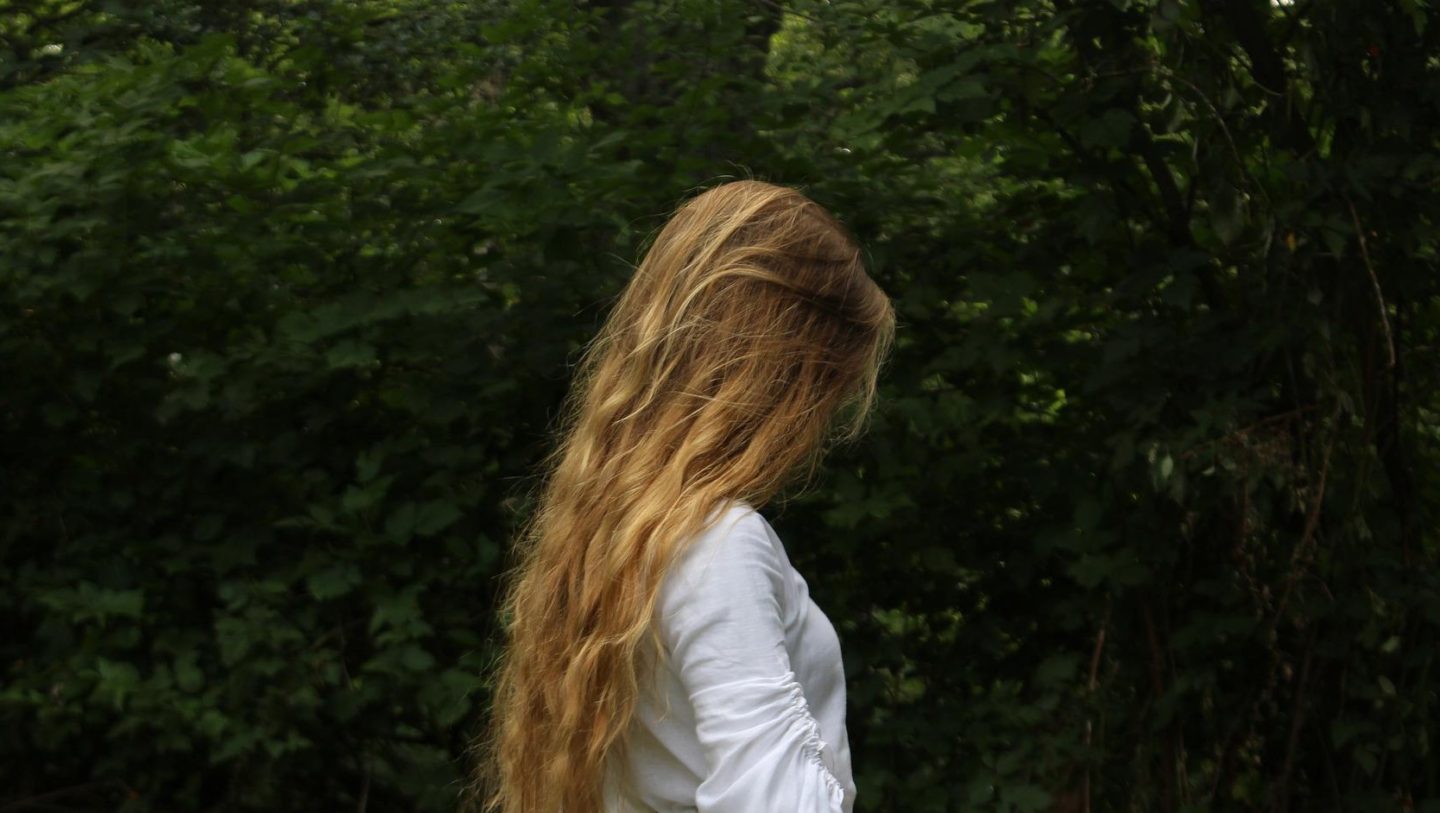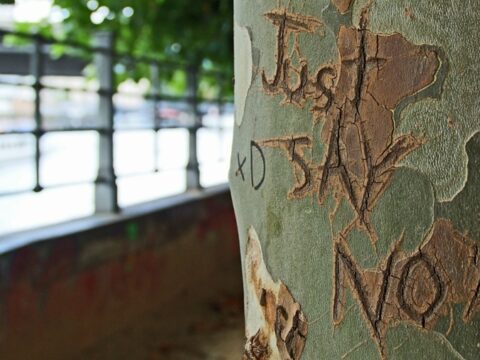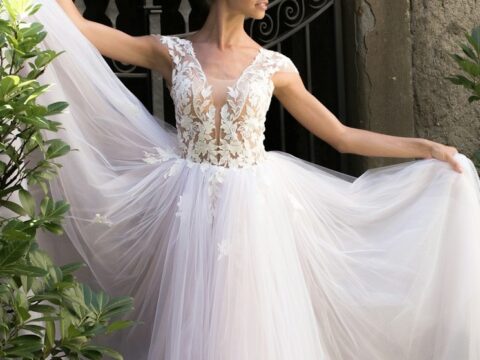The tale of Rapunzel has some of the best ingredients fairy tales have to offer. A handsome prince and a maiden locked in a tower. Vegetable-stealing parents and a conniving witch. Hair that’s never been cut and magical tears. A solitary tower and a happily ever after. It’s no wonder why this story is among our favorite fairy tales of all time.
If you’re here to uncover the shocking hidden messages of Rapunzel, I’m here to deliver. But I’m also motivated to handle this story with care. Disney’s Tangled is my husband’s favorite movie of all time. When I started chattering about my research on all the sex symbolism, Andy said with a stricken look on his face that I was ruining his favorite story. So let’s see if I can take you on this journey without disappointing my husband’s inner child . . .
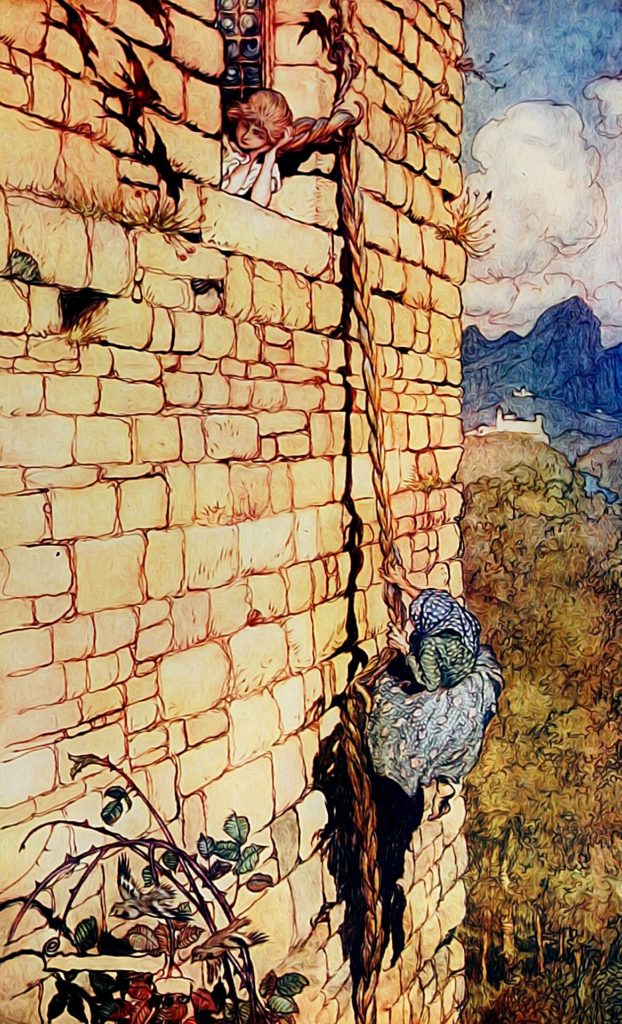
It All Starts with a Terrible Pregnancy Craving
Before our heroine is even born, her pregnant mother spies some enviable rampion in her neighbor’s garden. Leafy greens if you will. The woman claims she’ll die for wanting those greens unless her husband steals them. Back in the day, they thought a woman actually would die if her pregnancy cravings weren’t fulfilled. So the guy goes over there to get that rampion. And of course he gets caught.
In the various versions of Rapunzel, the Grimm Brothers call the next-door neighbor a fairy, sorceress, or enchantress. These days most translations call her a witch. Take note that the Grimms used a different term since witches were well-known in German lore for eating the children they kidnapped, not raising them as their own.
But out of terror for the witch’s powers, Rapunzel’s father bargains away his firstborn child to save his own skin.
Are These the Worst Parents Ever?
It’s hard to say since the bar is set pretty low for fairy tale parents. But we can’t overlook the underlying messages here. After all, these parents are the entire reason why Rapunzel ends up trapped in a tower.
You could argue that Mom and Dad got caught in a terrible situation and this was all the witch’s fault. But it’s also hard to deny that both parents display selfish behavior. Dad’s terrible bargain of giving up his unborn child doesn’t need much commentary, but Mom’s role is more complex.
On one hand, you have to feel compassion for her terrible craving. But Mom also knew that their neighbor was an enchantress. Instead of going over and asking for the greens, she demands that her husband steal for her. This part of the story has strong Garden of Eden parallels. Mom knew that the rampion was forbidden, and she ate it anyway.

Some fairy tale experts believe that Mom’s disregard for social boundaries and obvious danger symbolizes a lack of sexual restraint. This theory certainly reflects what happens later in the story . . .
Rapunzel Doesn’t Start Out in the Tower
The adoptive witch mother raises her kidnapped baby tower-less until age twelve—the age most girls get their period. This is the point when she procures an isolated tower. (Don’t ask. the stories never explain the origins of this architectural wonder). Once Rapunzel is sequestered inside, Ms. Witch knocks out the stairs and can only reenter by climbing twenty yards of golden hair.
It’s not subtle that the witch’s primary concern for sticking her ward in a tower is to preserve her innocence. More specifically her virginity. It does make you wonder if the witch thought the apple wouldn’t fall far from the tree . . . If this kid turns out to be as troublesome and hot-blooded as her biological mother, the witch has her work cut out for her.
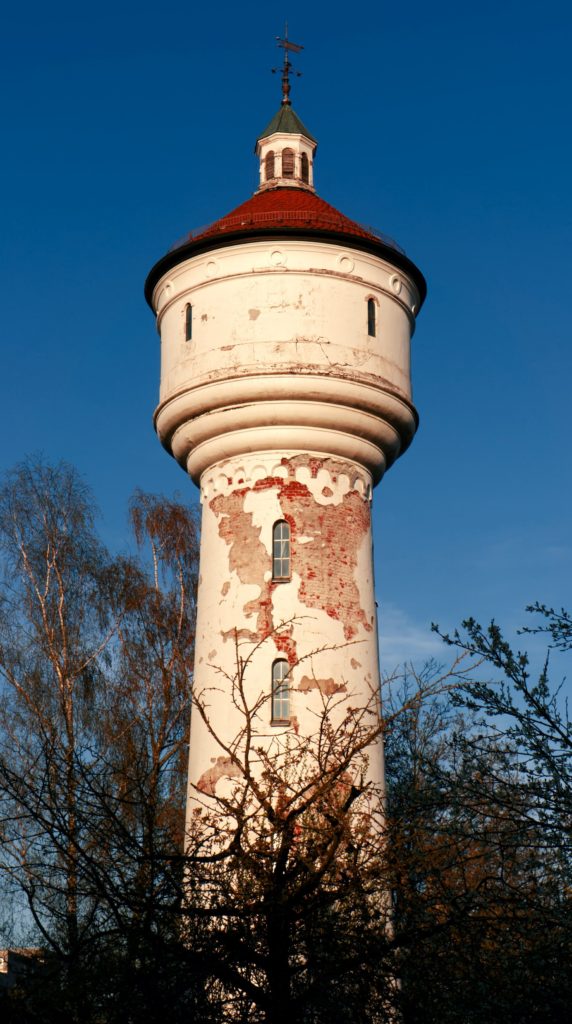
But for the time being, the plan works swimmingly. The witch comes to visit her adoptive daughter every day to keep her company and bring supplies. If nothing had changed, Rapunzel would have become an old maid in that tower, unspoiled until the day she died.
Then a Prince Upends Mother Gothel’s Best-Laid Plans
Rapunzel’s whirlwind romance is actually quite sweet in the original fairy tale. The prince is drawn to the sound of Rapunzel singing and returns to the wood multiple times to admire her from afar. One day he sees the witch call out for Rapunzel to “let down your hair to me” and climbs the tresses. After the witch departs, the prince repeats the process and climbs right up into the tower.
When Rapunzel realizes he’s not the witch, she’s naturally terrified. But instead of ravishing this young girl he just met, the prince woos her with friendly words and asks Rapunzel to marry him. Sheltered Rapunzel, blown away by his handsomeness, immediately consents.
Now the natural solution to Rapunzel escaping this tower is to cut her hair and climb down. In some versions the prince suggests this and Rapunzel refuses, but most of the time Rapunzel asks for the prince to bring her silken threads each day so she can weave a ladder. It’s not the worst idea . . . I personally would’ve asked for a real ladder or maybe a rope. But the silk thread idea is a fantastic excuse for the prince to visit her every evening and teach this innocent girl about the ways of the world. Or whatever the kids call it these days.
Unfortunately, Their Tryst Is Short-Lived
Before Rapunzel can escape, the witch finds out about these secret sleepovers. In most versions, Rapunzel accidentally lets it slip that the old witch is harder or easier to pull up into the tower than the prince. In the earliest version, the Grimms not-so-subtly had Rapunzel ask why her clothes have gotten tighter, the first sign of her pregnancy. Whoops.
The witch instantly knows Rapunzel has been sneaking around and flies into a rage. After cutting off her ward’s beautiful hair, she banishes Rapunzel to live alone in a barren wasteland.

That night, the prince climbs the severed hair to find the wicked witch waiting for him. She gloats over punishing Rapunzel, but unlike in the modern fairy tales, the witch doesn’t push the prince from the tower. Here the prince jumps himself to escape either the witch’s wrath or his own despair for his lost love. In all the versions he lands in a thorny hedge and is blinded by the briars.
Harsh Punishment for Sexual Dalliances
The Grimm Brothers almost always injected a moral lesson into their stories. There are versions of Rapunzel where the girl and her prince have a small ceremony when they first meet and consider themselves married from that point onward. But most versions have Rapunzel consummating her feelings for the prince out of wedlock. A major nope against the moral code of early time periods.
Both of our heroes pay dearly for this sexual sin. The prince, who looked upon Rapunzel with lust, loses his sight altogether. Rapunzel loses her beautiful hair and is forced into exile to give birth to her twins alone and raise them on her own.

But at the end of their road of trials is a warm reunion. After years of wandering, the blind prince hears Rapunzel singing and finds her in the wilderness. Rapunzel falls on him with joy, and her tears magically heal his blindness. With his sight restored, the prince sees his twin children at last and takes the heirs and his beloved Rapunzel back to his kingdom. A happily ever after if I ever saw one.
A Tale of Three Mothers
The sex symbolism of this story is interesting to be sure, but the message that really intrigues me is about motherhood. We have three different mothers in this story: Rapunzel’s biological mother who loses her baby for eating the rampion. The witch mother who attempts to hide her ward away and loses her daughter to a lover anyway. Then Rapunzel herself who raises her children in isolation and despair.
All three mothers fall short in different ways. Mom and Rapunzel by pursuing their mortal appetites and the witch by trying to stamp out these appetites altogether. While the two human women let their desires rule them against society’s expectations, the witch creates an entirely unnatural—even monstrous—approach to controlling her child.
Although the other mothers both suffer for their lack of control, the witch is the villain here, forcing Rapunzel into an existence that defies the natural order of life.
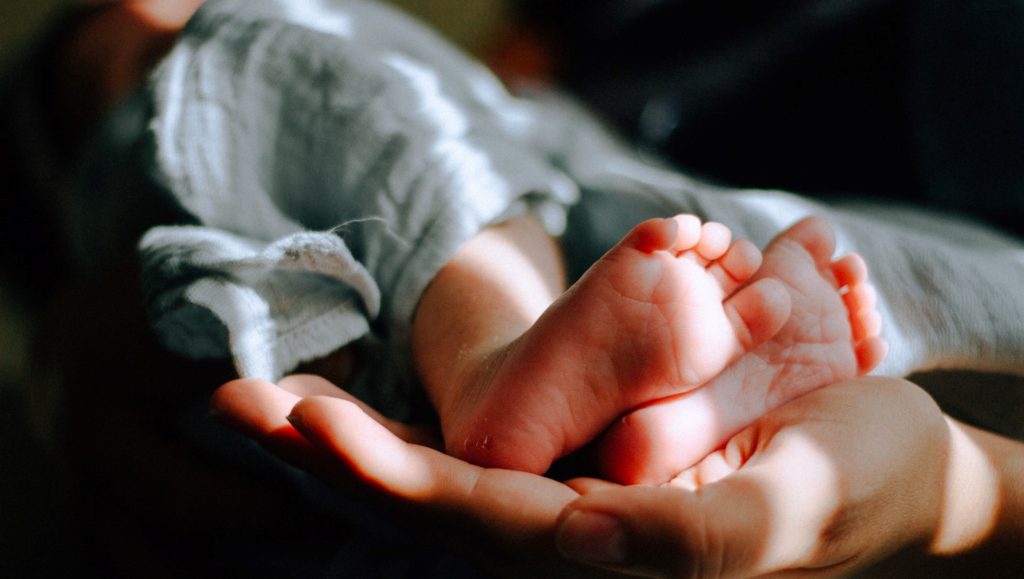
And Yet this Witch is a Pretty Relatable Villain
In the Grimms’ time period, babies died of disease and starvation all the time. They were well aware of the many women who pined for a child who would survive infancy, so the witch’s desire for a baby wasn’t uncommon. By all accounts, the witch appears to genuinely care for Rapunzel’s well-being, even if she takes her desire for control WAY too far.
Truly, this witch has pretty relatable motivations. Not only does she want a child—the most basic female drive on earth—she also wants her adoptive daughter to remain unharmed and untainted by the world. Really her base fear is the inevitability of change, and who doesn’t fear that?
The witch’s actions of isolating Rapunzel, forcing her into codependence, and enacting cruel punishment are definitely abusive. Let’s be clear. But I think we can all understand where her overprotectiveness stems from. She just wanted to keep her child a child forever, and even though her methods were screwed up, her underlying motivation is one that I think any mother could understand.
But Really the Central Theme of Rapunzel is Longing
Not only do our three female characters all become mothers, notice that all three are lacking something in their life. Rapunzel and her mother are both in confinement, Mom with her pregnancy and Rapunzel in her tower. Both women look out small windows and yearn for something more in their life: whether that’s the freshest of produce, love with a handsome stranger, or the freedom to make their own choices.
Having agency over their own fate was not a privilege that women enjoyed in historical Germany. You could read Rapunzel as a cautionary tale of what happens when women try to control their own lives. Even the witch loses Rapunzel by holding her leash so tight that rebellion was the girl’s only recourse.
Despite Everything, Rapunzel Gets her Happy Ending
Rapunzel is still the heroine of this story, and she does end up happily married to a devoted man with their two heirs. This is a pretty forgiving ending for a woman who defies her captor and chooses love outside the bonds of wedlock.
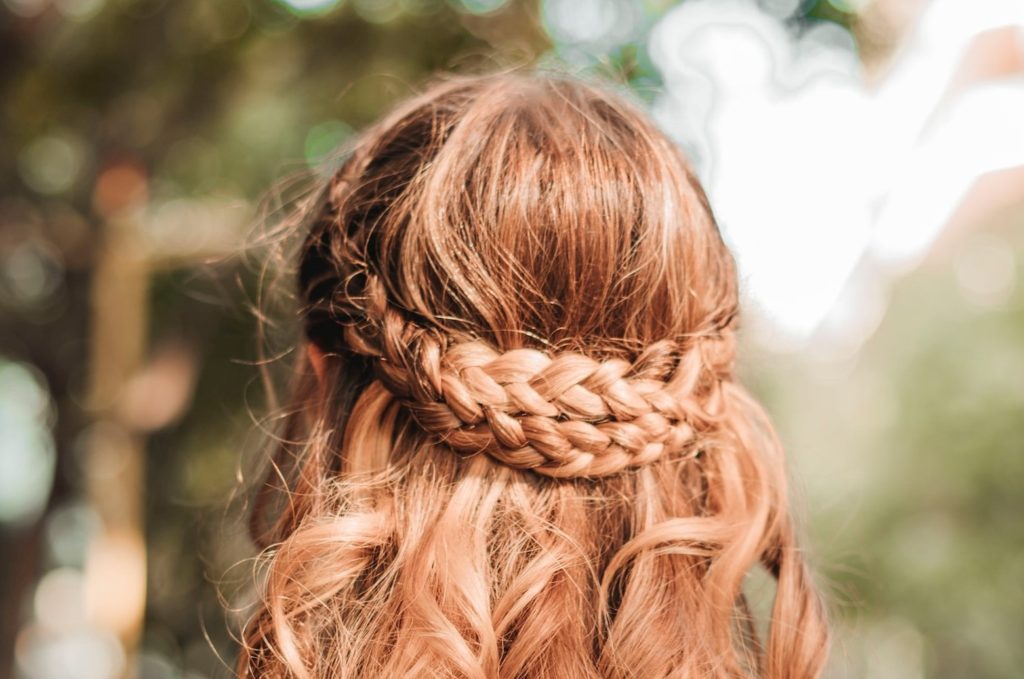
I think the important distinction between Rapunzel and the other women in this story is that she never acted selfishly. Even after her desire for connection goes horribly wrong, Rapunzel endures her suffering bravely, raising her children to the best of her ability until Prince Charming finds her again. This glimmer of redemption at the end feels like a hopeful message.
Even if women were trapped in the Grimm Brothers’ world, it appears that these storytellers saw at least a chance for heroines to earn a reward for enduring the hardships of life. ❧

